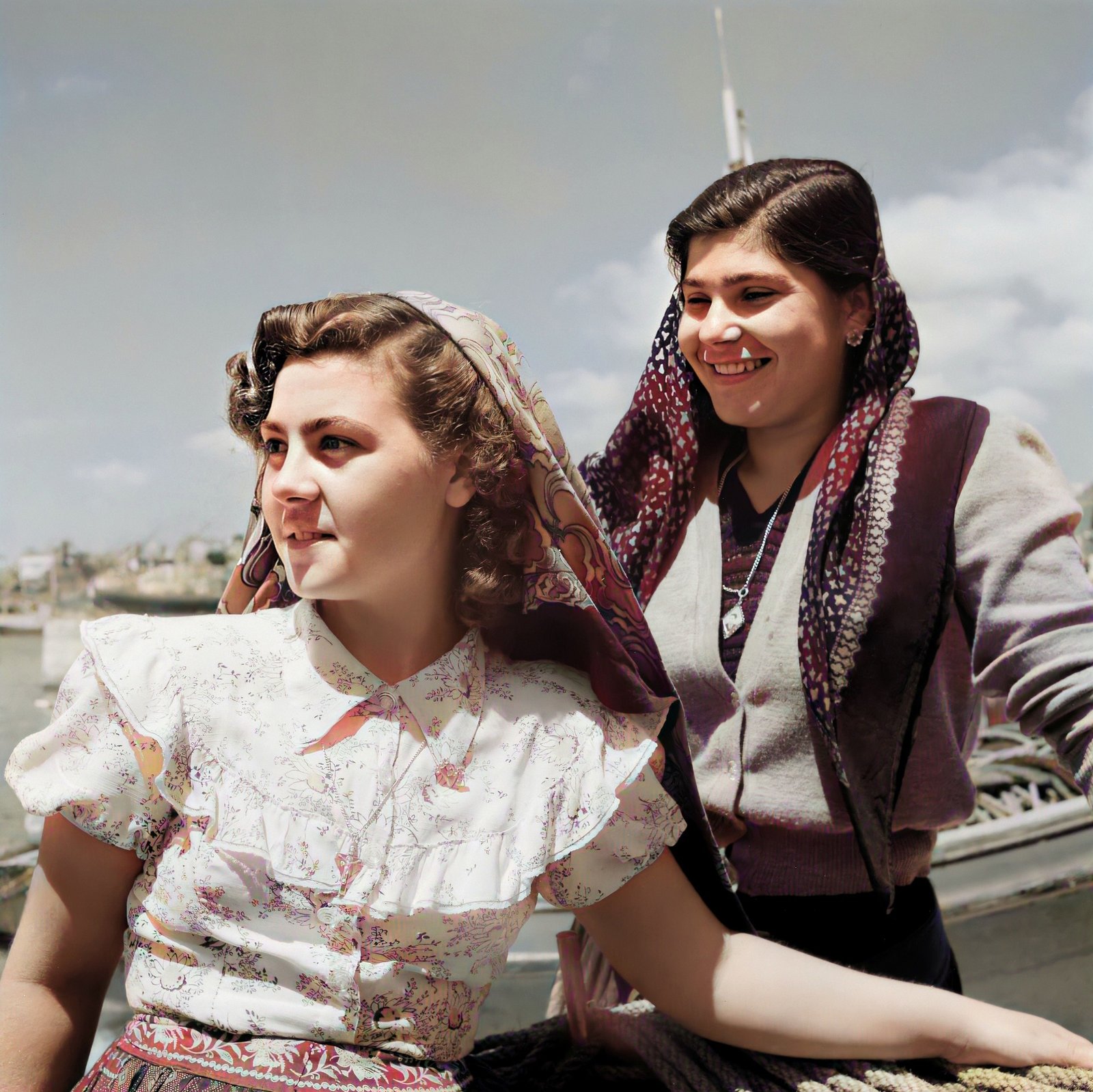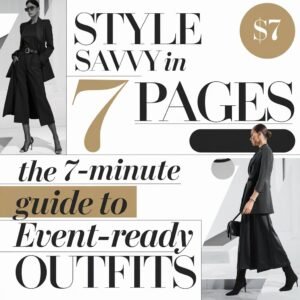The allure of the 18th century, with its opulence, romance, and elaborate artistry, continues to captivate fashion enthusiasts today. Central to this fascination are the iconic Rococo Outfits, known for their intricate details, pastel palettes, and dramatic silhouettes. If you’ve ever dreamt of stepping into a painting by Fragonard or attending a ball at Versailles, understanding these historical garments is key. This post delves into 10 distinct Rococo Outfits, breaking down their elements and offering styling tips to inspire your own journey into 18th-century fashion. Get ready to explore the world of French court dress, luxurious fabrics, and timeless elegance that define this unforgettable era.
1. The Classic Pastel Court Gown (Robe à la Française)

Outfit Breakdown
This is perhaps the most quintessential Rococo look. The Robe à la Française is characterized by:
- Silhouette: Fitted bodice, wide panniers (hoops) creating an exaggerated hip shape, and flowing Watteau pleats cascading from the shoulders down the back.
- Color Palette: Dominated by soft pastels – powder blue, rose pink, mint green, lavender, and ivory.
- Fabrics: Luxurious silks, satins, and brocades, often adorned with delicate floral patterns.
- Key Elements: Elaborate embellishments like lace engageantes (sleeve ruffles), ribbon bows (parfait amour), ruched fabric (échelles) down the stomacher (decorative front panel), and sometimes faux flowers or pearls. It embodies the light, airy, and ornate Rococo aesthetic.
Styling Tips & Accessories
- Underpinnings: Achieving the shape requires a corset (stays) and panniers. Modern interpretations might use less extreme structures.
- Accessories: A delicate folding fan, a pearl choker or ribbon necklace, cameo brooch, and elbow-length gloves.
- Footwear: Heeled mules or court shoes in silk or satin, often with buckles or bows.
- Hair & Makeup: Hair should be styled high and powdered (or use a wig), adorned with feathers, ribbons, or flowers. Makeup features a pale complexion, rouged cheeks, and defined lips.
Shop this look on Amazon- Rococo Ball Gown
2. The Elegant Floral Brocade Gown

Outfit Breakdown
Similar in structure to the classic court gown, this variation emphasizes rich texture and pattern.
- Key Elements: The defining feature is the use of heavy brocade fabric, woven with intricate, often large-scale, floral or botanical motifs.
- Color Palette: Can range from pastels to deeper jewel tones like emerald green, ruby red, or sapphire blue, with metallic threads (gold or silver) often incorporated into the weave.
- Fabrics: Silk brocade is paramount. The weight and stiffness of the fabric contribute to the gown’s structured look.
- Rococo Inspiration: This highlights the era’s love for nature, albeit stylized and opulently rendered, and the fascination with rich textiles.
Styling Tips & Accessories
- Let the Fabric Shine: Keep accessories slightly less overwhelming than with a simpler pastel gown. Choose pieces that complement the brocade’s colors.
- Accessories: Consider gold or jeweled accessories, a velvet choker, or a simple lace fichu (neckerchief) tucked into the bodice.
- Footwear: Shoes matching one of the colors in the brocade pattern work well.
- Hair & Makeup: An elegant up-do, perhaps less powdered than for full court, allows the gown’s neckline and fabric to be the focus.
Shop this look on Amazon- Floral Brocade Rococo Gown
3. The Charming Caraco Jacket and Petticoat

Outfit Breakdown
A more informal, yet still fashionable, Rococo ensemble, popular for daywear.
- Silhouette: Features a fitted jacket, known as a ‘Caraco,’ worn over a coordinating or contrasting petticoat (skirt). The Caraco typically had a bodice-like fit, sometimes with peplum-like tails at the back, and elbow-length or long sleeves.
- Color Palette: Wide range – could be solid colors, stripes, or small floral prints (Indienne). Contrasting jacket and petticoat combinations were common.
- Fabrics: Silks, printed cottons (toile de Jouy), taffeta, or even fine wools.
- Key Elements: Less structured than court gowns, often worn without wide panniers (or with smaller ‘pocket hoops’). Embodied a slightly more practical, yet still decorative, aspect of 18th-century clothing.
Styling Tips & Accessories
- Layering: A lace or muslin fichu artfully tucked into the neckline is essential. A decorative stomacher might still be worn.
- Accessories: A straw Bergère hat decorated with ribbons, simple pendant necklace, and perhaps a pocket watch tucked into the skirt waistband.
- Footwear: Lower-heeled shoes or even stylish flats would be appropriate for this less formal look.
- Hair & Makeup: Softer curls, perhaps partially pinned up, and less dramatic makeup than for court.
Shop this look on Amazon- Caraco Jacket Rococo, Rococo Petticoat Skirt
4. The Ethereal Chemise à la Reine

Outfit Breakdown
Popularized by Marie Antoinette in the 1780s, this style marked a departure towards simpler lines, though still luxurious.
- Silhouette: A lighter, less structured gown made of layers of thin, white muslin, gathered loosely at the neckline and belted with a wide sash. It lacked the heavy boning and panniers of earlier styles.
- Color Palette: Predominantly white or off-white. The color came from the sash, often in a pastel or vibrant silk.
- Fabrics: Fine, almost translucent cotton muslin or lawn.
- Key Elements: Simplicity, softness, and a somewhat ‘undressed’ look compared to traditional court wear. Often featured ruffles at the neck and sleeves. This look connects to the later Neoclassical influence but retains a Rococo softness.
Styling Tips & Accessories
- Simplicity is Key: Focus on the quality of the fabric and the drape.
- Accessories: A wide silk sash is crucial. A simple straw hat, a locket necklace, or pearl drop earrings. No gloves needed typically.
- Footwear: Delicate slippers or low-heeled shoes.
- Hair & Makeup: Softer, more natural-looking curls, perhaps powdered lightly or left natural. Makeup should be very subtle and fresh-faced.
Shop this look on Amazon- Chemise a la Reine Dress
5. The Sophisticated Riding Habit (Amazone)

Outfit Breakdown
Inspired by men’s tailoring, the Rococo riding habit was a stylish and practical outfit for equestrian pursuits or fashionable promenades.
- Silhouette: Consisted of a tailored jacket resembling a man’s coat, often with lapels and buttons, worn over a matching or coordinating long skirt (petticoat) and waistcoat.
- Color Palette: Often richer, deeper colors like bottle green, navy blue, burgundy, or brown, but also seen in lighter shades. Contrasting waistcoats were common.
- Fabrics: Wool, broadcloth, sometimes velvet for trim or waistcoat.
- Key Elements: Mannish tailoring details, crisp lines, often worn with a tricorne hat. It showcased a different facet of Rococo fashion, blending masculine elements with feminine form.
Styling Tips & Accessories
- Essential Details: A crisp white stock or cravat at the neck. A waistcoat adds authenticity.
- Accessories: Leather gloves, a riding crop (optional), and a tricorne or specialized riding hat, sometimes adorned with feathers.
- Footwear: Sturdy but elegant riding boots or heeled shoes suitable for walking.
- Hair & Makeup: Hair neatly tied back or styled under the hat. Makeup remains polished but practical.
Shop this look on Amazon- Riding Jacket , Riding Skirt, Waistcoat
6. The Exotic Chinoiserie Print Gown

Outfit Breakdown
Reflecting the 18th-century fascination with East Asian art and design (Chinoiserie).
- Silhouette: Could be applied to various gown shapes, like the Robe à la Française or Robe à l’Anglaise (more fitted back).
- Color Palette: Often featured vibrant colors against a light background (like cream or pale blue) or lacquered dark grounds. Motifs included pagodas, dragons, exotic birds, and stylized floral patterns.
- Fabrics: Primarily silk, painted or printed with Chinoiserie designs.
- Key Elements: The unique, asymmetrical, and whimsical Chinoiserie patterns make this look stand out. It speaks to the global trade and cultural exchange influencing historical clothing.
Styling Tips & Accessories
- Coordinate, Don’t Compete: Choose accessories that pick up on colors within the print without being overwhelming.
- Accessories: A folding fan with an Asian-inspired motif, simple pearl or jade jewelry, perhaps hair ornaments reminiscent of Eastern styles.
- Footwear: Silk mules or shoes in a solid color drawn from the print.
- Hair & Makeup: An elegant up-do allows the print to be fully appreciated. Makeup can have a touch of the exotic, perhaps a stronger lip color.
Shop this look on Amazon- Chinoiserie Rococo Dress
7. The Playful Striped Taffeta Gown (Polonaise)

Outfit Breakdown
The Polonaise style emerged later in the Rococo period, known for its skirt being looped up.
- Silhouette: Characterized by a skirt bunched up or looped up in the back and sometimes sides (often via internal tapes or external buttons/loops), revealing the petticoat underneath. Bodice was typically fitted. Often made with stripes.
- Color Palette: Stripes were very popular – bold or subtle, often combining pastels with white or cream, or using contrasting colors.
- Fabrics: Crisp fabrics like silk taffeta worked well for holding the draped shape.
- Key Elements: The draped and bustled effect of the skirt creates a playful, jaunty look. It was considered less formal than the Robe à la Française.
Styling Tips & Accessories
- Emphasize the Drape: Ensure the petticoat shown underneath is decorative or complementary.
- Accessories: A smaller, jauntier hat or cap, lace mitts, a simple ribbon choker.
- Footwear: Heeled shoes with buckles peeking out from under the looped skirt.
- Hair & Makeup: Can be styled high but perhaps slightly less formal, with cascading curls. Cheerful makeup works well.
Shop this look on Amazon- Polonaise Rococo Gown
8. The Opulent Masquerade Ball Gown

Outfit Breakdown
Masquerade balls were popular Rococo events, allowing for fantasy and heightened drama in dress.
- Silhouette: Often followed court gown shapes (Robe à la Française) but with added extravagance.
- Color Palette: Could be anything – rich jewel tones, metallics (gold, silver), black (less common for typical court wear but dramatic for masquerade), or thematic combinations.
- Fabrics: Velvet, silk, satin, brocade, lamé, adorned heavily with sequins, metallic lace, faux jewels, and feathers.
- Key Elements: Theatricality and mystery. The inclusion of a mask (often handheld on a stick or tied with ribbons) is defining. This represents the peak of opulent gowns in the era.
Styling Tips & Accessories
- The Mask is Key: Choose an ornate mask – domino, Venetian style, feathered – that complements the gown.
- Accessories: Lavish jewelry (paste or real), dramatic feathered hair ornaments, perhaps a themed staff or prop.
- Footwear: The most decorative heeled shoes, perhaps with rhinestone buckles.
- Hair & Makeup: Dramatic and stylized – high powdered hair, beauty spots (mouches), bold makeup visible around the mask.
Shop this look on Amazon- Rococo Masquerade Gown
9. The Sweet Shepherdess (Bergère) Style

Outfit Breakdown
A romanticized, pastoral fantasy look popular within the Rococo court, inspired by idealized country life.
- Silhouette: Often simpler lines, perhaps a fitted bodice (sometimes laced up the front) and a full skirt, perhaps slightly shorter (ankle-length) to show off shoes. Often worn with an apron.
- Color Palette: Light, natural colors – creams, pale yellows, sky blues, soft pinks, often combined with gingham checks or small floral sprigs.
- Fabrics: Cotton, linen, simpler silks, dimity.
- Key Elements: Rustic-chic elements like straw hats, laced bodices, aprons, and sometimes a decorative shepherd’s crook (houlette). Embodies the Rococo aesthetic’s playful side and fascination with nature.
Styling Tips & Accessories
- Keep it Sweet: Focus on natural textures and simpler adornments.
- Accessories: A wide-brimmed straw hat (Bergère hat) decorated with wildflowers or ribbons, a basket, a simple fichu, lace-up details.
- Footwear: Flat slippers or low-heeled shoes, perhaps with ribbon ties.
- Hair & Makeup: Soft, natural curls, perhaps partially braided, worn down or loosely pinned. Fresh, minimal makeup.
Shop this look on Amazon- Rococo Shepherdess Dress
10. The Rich Jewel-Toned Evening Gown

Outfit Breakdown
While pastels reigned, deep jewel tones were also used, especially for more formal evening events or mature women.
- Silhouette: Could be a Robe à la Française or Robe à l’Anglaise. The richness of color added formality.
- Color Palette: Deep sapphire blue, emerald green, ruby red, amethyst purple, rich gold, or even black velvet.
- Fabrics: Heavy silks, satins, velvets, often chosen for their deep color saturation and luxurious sheen. Could feature subtle self-patterned weaves (damask) or be adorned with gold/silver lace or embroidery.
- Key Elements: The impact comes from the intense color and luxurious fabric, conveying status and sophistication within the French court dress context.
Styling Tips & Accessories
- Go for Glamour: Pair with significant jewelry – paste or real gemstones that complement the gown’s color.
- Accessories: Elaborate stomacher, diamond or pearl necklaces and earrings, jeweled hair ornaments, fine lace engageantes.
- Footwear: Heeled shoes in matching silk or metallic fabric.
- Hair & Makeup: Formal, high powdered hairstyle. Makeup could be slightly stronger to balance the rich color, perhaps a deeper lip shade.
Shop this look on Amazon- Jewel Tone Rococo Gown
Conclusion
Exploring the world of Rococo Outfits reveals a captivating blend of artistry, opulence, and intricate detail. From the grand pastel court gowns and rich brocades to the charming Caraco jackets and ethereal Chemise à la Reine, 18th-century fashion offered a diverse range of styles for women. Whether inspired by pastoral fantasies, exotic Chinoiserie, or masculine tailoring, each look tells a story of its time. Understanding these elements allows us to appreciate the craftsmanship and aesthetic principles of the era. The enduring appeal of Rococo Outfits continues to inspire designers and history lovers alike, offering a glimpse into a world of unparalleled elegance and theatricality.





